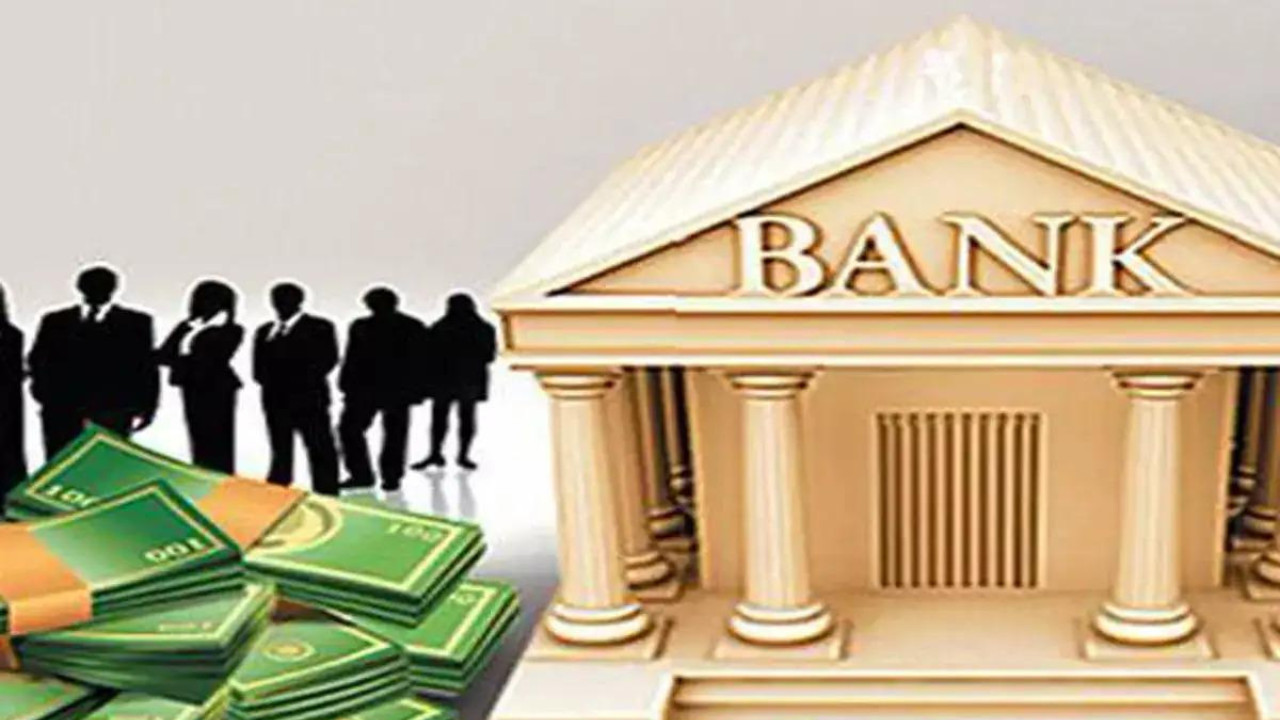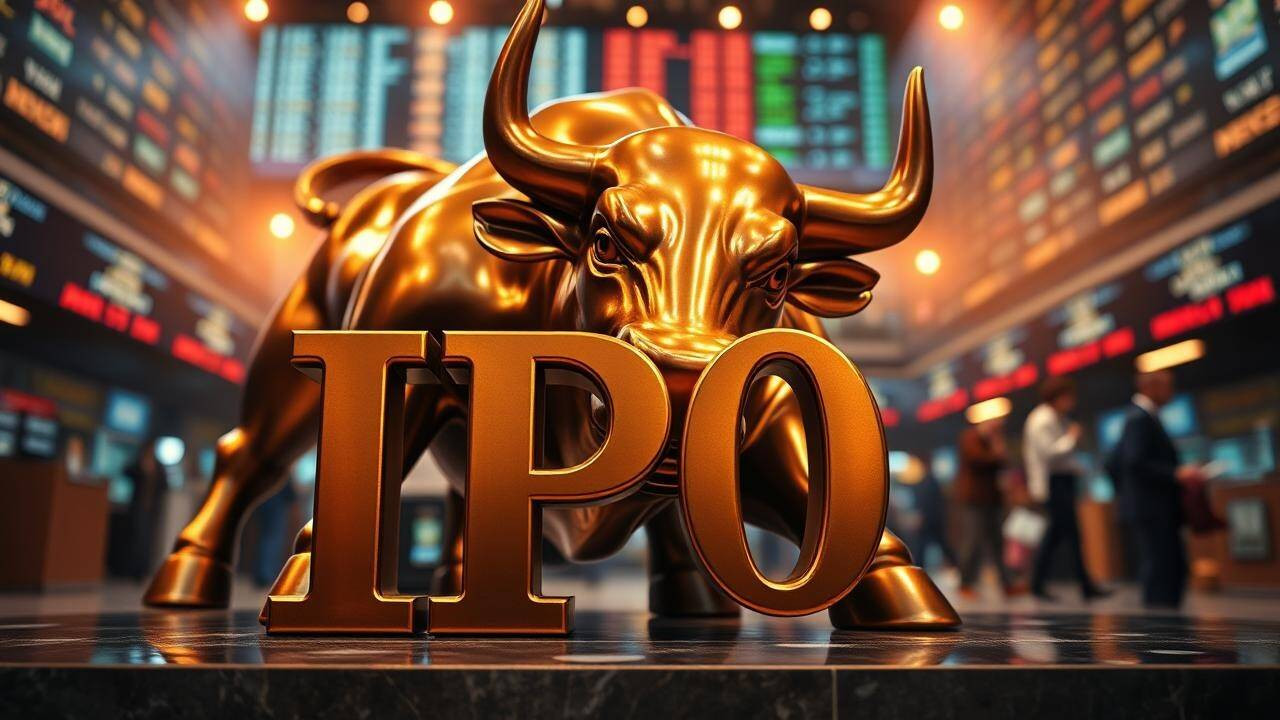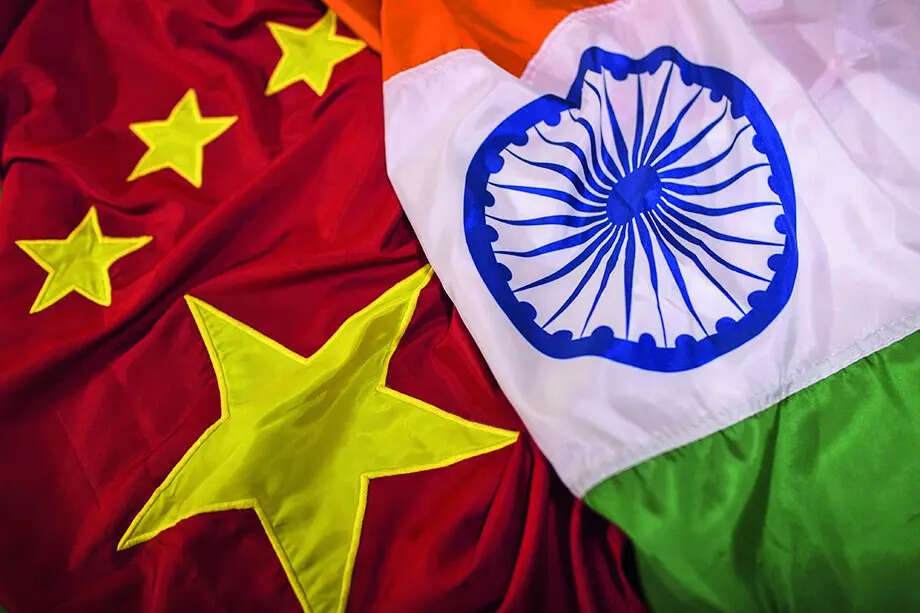Bank credit growth to industry slowed to 6.5% in August 2025, down from 9.7% last year, RBI data reveals. Overall non-food credit also moderated to 9.9%. While MSMEs and some major industries saw robust lending, agriculture, personal loans, and the services sector experienced significant deceleration. This indicates a broad-based cooling in credit expansion across key economic segments.
Decoding the Credit Conundrum: What’s Happening with Bank Lending in India?
The Indian economy is a vibrant, complex ecosystem, and keeping a pulse on its various components is crucial to understanding its overall health. Lately, the murmurs surrounding bank lending have grown louder, prompting a deeper dive into the latest data. Forget sensational headlines; let’s unpack what recent Reserve Bank of India (RBI) figures reveal about the flow of credit to Indian industries.
The headline? Credit growth to industry has cooled slightly, clocking in at 6.5% in August. Now, before we jump to conclusions about a looming slowdown, it’s important to remember that economic narratives are rarely simple. This 6.5% figure, while lower than the 7.6% registered the previous year, paints a picture of nuanced shifts across various sectors.
A Sectoral Symphony: Dissecting the Lending Landscape
Imagine the Indian industrial landscape as an orchestra. Some sections are hitting high notes, while others are playing a more subdued melody. The RBI data reveals a similar dynamic when it comes to bank lending.
Certain sectors are clearly attracting more investment. Take infrastructure, for instance. The demand for roads, railways, and power projects continues to fuel significant borrowing, indicating sustained confidence in India’s long-term growth story. Similarly, credit to the services sector demonstrates a healthy appetite for expansion, reflecting the ongoing dynamism in this vital part of the economy. The agricultural sector, a cornerstone of the Indian economy, also shows positive credit growth, supporting farmers and boosting rural prosperity.
However, the picture isn’t uniformly rosy. Certain segments of the industrial sector are experiencing a more cautious approach from lenders. This could be due to various factors, including global economic headwinds, sector-specific challenges, or simply a period of consolidation and recalibration. Understanding these sectoral variations is key to avoiding broad-stroke generalizations and grasping the true state of bank lending trends.

Personal Loans: A Story of Steady Ascent
While industrial lending experiences subtle fluctuations, personal loans tell a different story altogether. This segment continues its upward trajectory, fueled by rising consumerism, increased disposable incomes, and a growing desire for aspirational purchases. Home loans, vehicle loans, and credit card debt are all contributing to this surge, reflecting a growing middle class with increasing purchasing power.
This sustained demand for personal loans presents both opportunities and potential risks. It signals a robust consumer sentiment, which can drive economic growth. However, it also necessitates prudent lending practices from banks to avoid the pitfalls of excessive indebtedness and potential defaults. Striking the right balance between facilitating consumer spending and maintaining financial stability is crucial. You might want to read more about [responsible borrowing](internal-link-to-related-article) on our site.
Factors Influencing the Lending Climate
What forces are shaping these lending trends? Several key factors are at play. Global economic uncertainty, particularly the ongoing concerns about inflation and potential recessions in major economies, can influence investment decisions and lending appetite. Domestically, government policies, infrastructure development initiatives, and regulatory changes all contribute to the overall lending environment.
Furthermore, the RBI’s monetary policy stance plays a significant role. Interest rate adjustments, reserve requirements, and other policy tools can impact the cost and availability of credit, influencing both borrowing and lending decisions. Keeping a close watch on these dynamic factors is essential for understanding the future direction of bank lending in India.
The Road Ahead: Navigating the Future of Bank Lending
So, what does all this mean for the future? The cooling of industrial credit growth, coupled with the continued rise in personal loans, suggests a shift in the composition of lending. While not necessarily indicative of a slowdown, it highlights the need for careful monitoring and strategic adjustments.
Banks need to remain agile and adaptable, responding to the evolving needs of different sectors while maintaining prudent risk management practices. Policymakers need to continue fostering a conducive environment for investment and growth, addressing structural challenges and promoting financial stability.
Ultimately, the story of bank lending in India is a complex and ever-evolving one. By dissecting the data, understanding the underlying factors, and engaging in informed analysis, we can gain a clearer picture of the forces shaping the Indian economy and navigate the road ahead with greater confidence. The evolving bank lending trends are a key indicator for the health of the Indian economy and require careful consideration.







